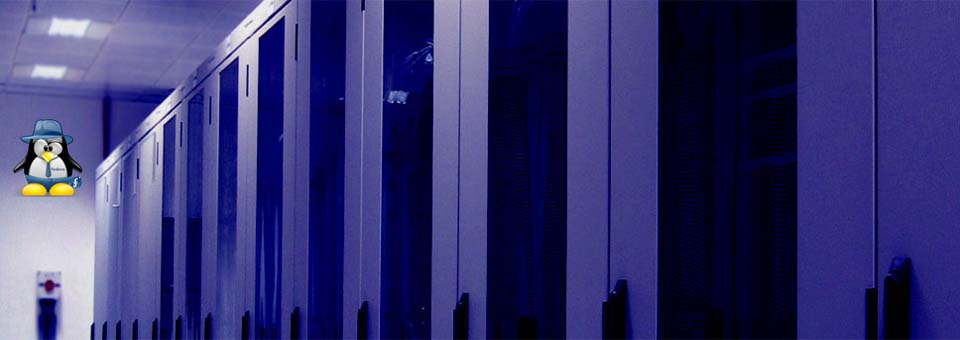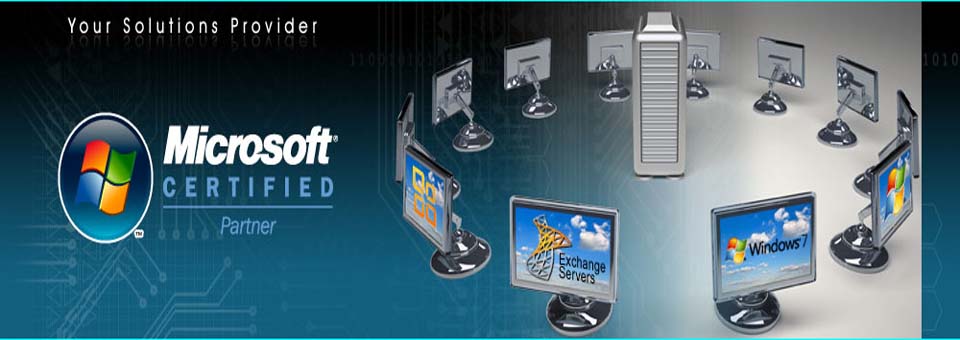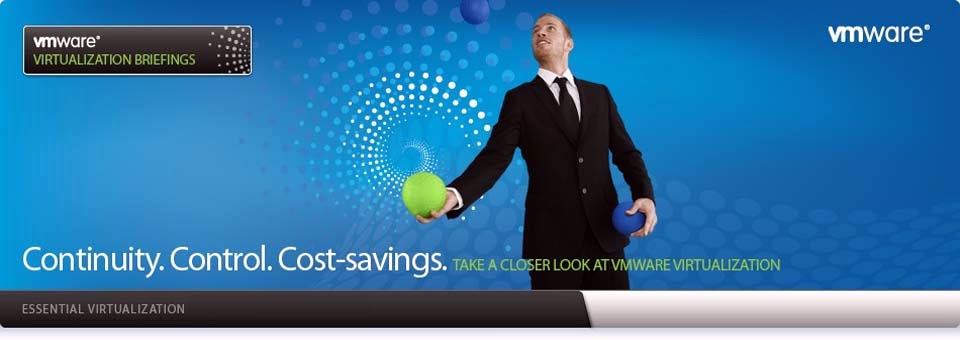INTRODUCTION
The post fully
deals with several parts of internet based utilities and restrictions that are
mainly used in IT industry like to limit the web access for some users to a list
of accepted/well known web servers and/or URLs only, Block access to some
listed or blacklisted web servers and/or URLs for some users, Redirect blocked
URLs to an "intelligent" CGI based info page, Etc., These all are
implemented by












